32 eCommerce Trends that are Defining How We Shop Online
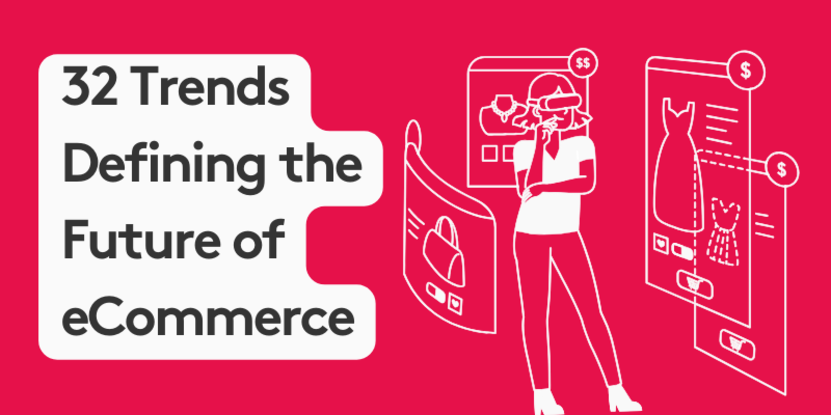
Shopping in this millennium will include things like AR try-ons with the idea of letting one virtually walk wearing new clothes to voice-activated shopping assistants who whisper hot deals into your ears, which sounds quite fantastical.
It is not just all about flashy gadgets and tricks though. Consumers’ demands now revolve around eco-friendly packing, carbon-neutral deliveries and ethically procured products.
The distinction between the physical and digital worlds is disappearing as we speak. On Instagram, TikTok and other platforms influencers directly sell their merchandise.
This is only a sneak peek into the retail revolution that is happening within our presence. Therefore, grab your virtual shopping cart and let’s discover an exciting new world of eCommerce!
On this page:
How Advanced Technology is Reshaping eCommerce
- Revolutionizing Online Shopping: How AI, AR, VR and Chatbots are Changing the Game
Enter the next generation of e-commerce with personalized AI and AR. Artificial intelligence algorithms analyze consumers’ shopping patterns and provide suggestions tailored to their needs, while augmented reality helps buyers experience what it is like having a product before buying it thus enhancing decision making and satisfaction. In addition to increasing sales, this marriage between AI and AR will also ensure that more customers are loyal to your online store, thereby setting a new benchmark for customer experiences in e-commerce. To remain competitive, you can employ these frontier technologies in your e-commerce plan
- AI: Your Personal Shopping Genius
Next up, AI– it’s that friend who can read your mind before you do. Have you ever wondered why as soon as you open an online store, they suggest for you exactly what will match your taste? That would be AI at work; it sifts through mounds of data to find something perfect just for you. No more guess work or scrolling endlessly. Now when people shop online it feels like a personalized expedition created just for them only. That sounds awesome don’t you think? This video shows you 10 AI tools you can integrate to your eCommerce operations.
- AR: The Virtual Fitting Room
Enough of that, now let us throw some AR into the mix. Imagine wearing sunglasses virtually or watching how a new couch would look like in your house before buying it while still inside your house. It brings the digital realm into reality so that one can try out products without having to buy them first-this is what makes AR the virtual fitting room in your pocket. And who is better to lead the way than Sephora. Their virtual product try-on experience increased online make-up sales by 35%.
Buying stuff is no longer just about purchasing it, but rather an experience!
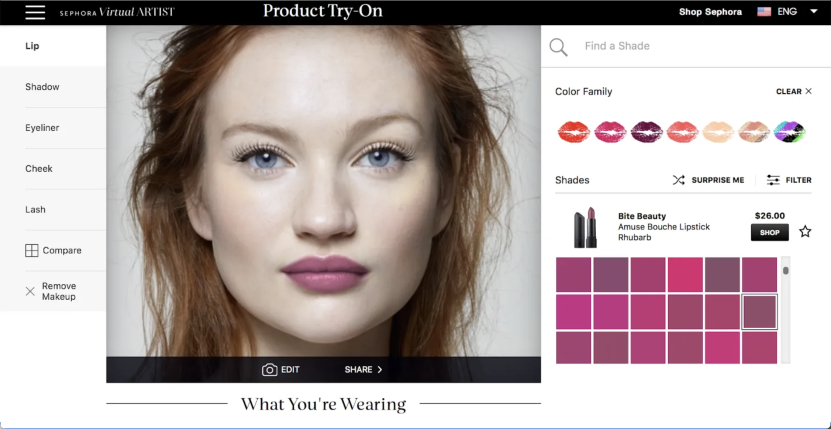
- Chatbots: Your 24/7 Shopping Companion
Ever felt like going shopping with someone at night? Meet chatbots! These friendly digital assistants have completely changed customer service. They act just like your best friends who are always willing to help make a purchase at any time. These robots become perfect shopping buddies every time they learn something new from you. No more queues and immediate help throughout!
- VR Shopping: A Leap into the Future
31% of Consumers Want VR to Recreate Brick-and-Mortar Shopping. So are you ready to offer virtual shopping experience? VR shopping is like walking into your favorite store when sitting on your coach. Both customers and sellers have to change their way of thinking thanks to this technology, which offers an immersive experience that bridges the gap between physical distance and limited time spans during buying activity. Convenience isn’t just what virtual reality does for us while shopping, but it also provides unforgettable experiences.
- Interactive Product Visualization: Believe What You See
Lastly, interactive product visualization is truly a seeing-is-believing moment. This technology allows the online customers to see almost every detail of a product as if it was in their hand or their homes. It is very helpful because it closes the gap between digital images and real-life confidence about what one buys. Online furniture stores have been ahead of the curve and among the first to adopt the "See it in your space" technology and this has been a great way to reduce returns, increase customer engagement and customer confidence.

These technologies aren’t just cool gadgets that can be added to an online shop; they reshape our e-commerce industry completely. They’re making shopping not just easier but more personalized, interactive and fun too! Retail is no longer boring but becomes more stimulating, efficient and provided as per the customer’s tastes.
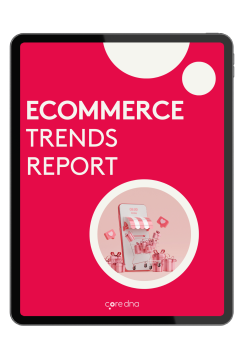
eCommerce Marketing Trends
37-pages of the latest eCommerce & marketing strategies to succeed in the upcoming year!
From the rise of mobile shopping apps to the growth of social commerce and augmented reality experiences, there are many different ways that people shop today.
Embracing Predictive & Personalized marketing
- Customization: Your Shopping Mirror
Modern consumers want an experience and that is why they yearned for personalization. Just imagine walking into a store that can read your mind and curate offers depending on your preferences and style. You could call them AI-powered recommendations, loyalty rewards with meaning or interactive features for product configurations – all these are like personal fashion consultants just a tap away from you. The result is an emotional connection, higher sales conversion, and shopping as an adventure with unpredictable twists. Amazon and their Amazon Personalize have been pioneers in the this field and lead with example.

- Localization of Content
Multilingualism is the future of e-commerce! Localization goes beyond translation; instead it involves adjusting content, currency, as well interface characteristics to suit particular national cultures. Think French customers browsing in Euros; Japanese descriptions employing local slang; Indian payment gateways integrated seamlessly. It builds trust based on relationship at personal level enhancing conversions while unleashing untapped markets across the globe. Personalized product recommendations in Mandarin; culturally relevant marketing campaigns in Brazil; localized customer support teams are examples of this approach. Break down language barrier but capture cultural facets instead to skyrocket global sales.
- Predictive Personalization for improved user journeys
No one-size-fits-all! The future of eCommerce will be predictive rather than reactive – ascertaining needs even before they arise in fact hopelessly knowing what someone wants before asking them if they wanted anything at all.” Picture this — wouldn’t it be magical if your store could suggest matching clothes just when you look at those new shoes? Little wonder therefore that AI-driven platforms have turned out to be such indispensable tools because they offer the best possible outcome whenever we come across any kind of problem regarding sale or purchase processes.This foresight allows us to build anticipation by taking care of all possible hitches when someone is shopping while at the same time encouraging loyalty. One of the leaders in predictive personalization would be Spotify and their beloved weekly discovery playlist. A clever way to increase customer satisfaction by making them discover something new based on what they previously listen to - and this is how is works:
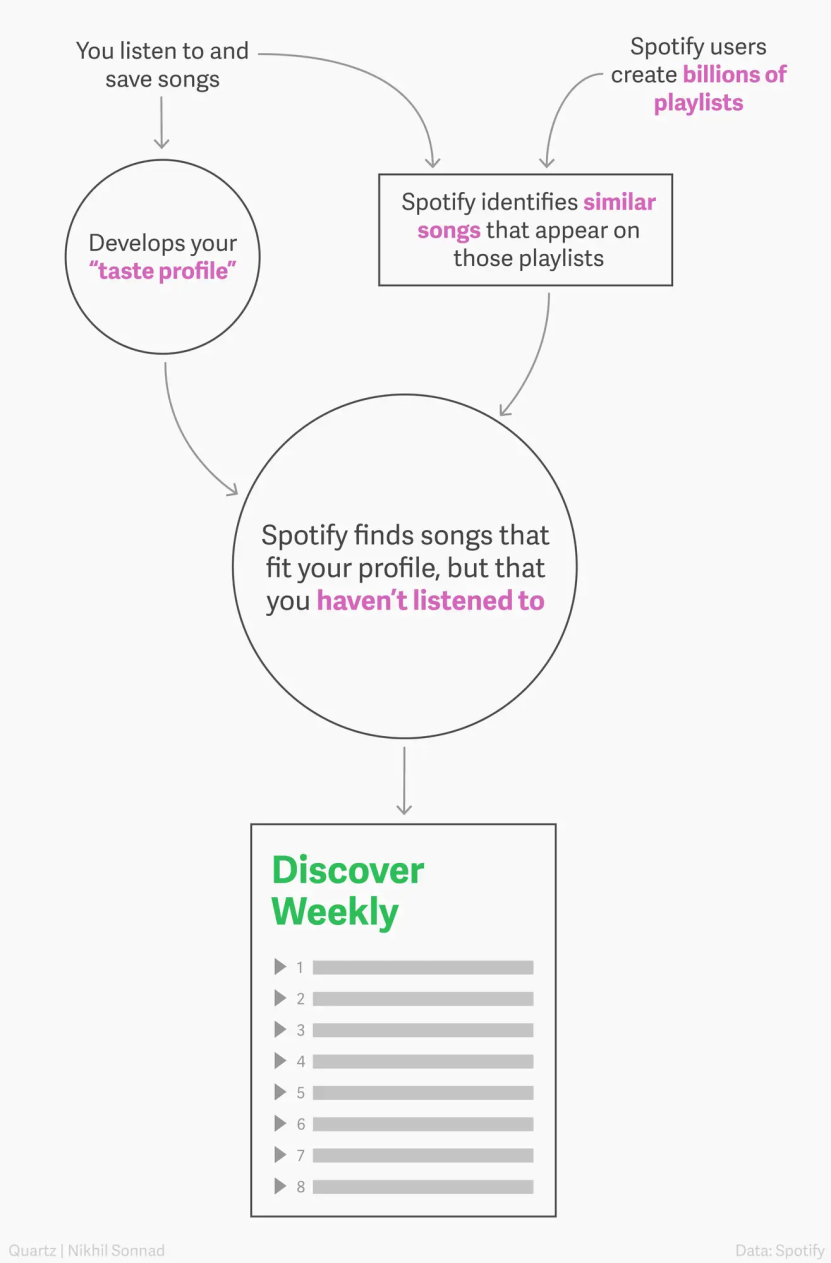
White glove customer service and experience
- Conversion of PDP and Education for Short-Form Video
Data shows 72% of people prefer video vs text when it comes to learning about a new product or service. Attention spans are shrinking, however, product pages remain stagnant; come in the short form video hero. Captivating viewers with micro-burst product demos, behind-the-scenes peeks and bite-sized tutorials is able to explain features even faster than text. Imagine 30-second magic tricks that highlight water-repellent tech on a jacket or ASMR close-ups showcasing jewellery craftsmanship or playful stop-motion reveals unveiling hidden functionalities of a gadget. It is snackable content which keeps them wanting more, improves their knowledge base and incites sales desire among consumers. The walls of boring texts that put off buyers must be replaced with packets of popcorn from which conversion rates will skyrocket as soon as they start watching videos. Here are 9 steps to follow from Influencer Marketing hub to get you started with short-form video.
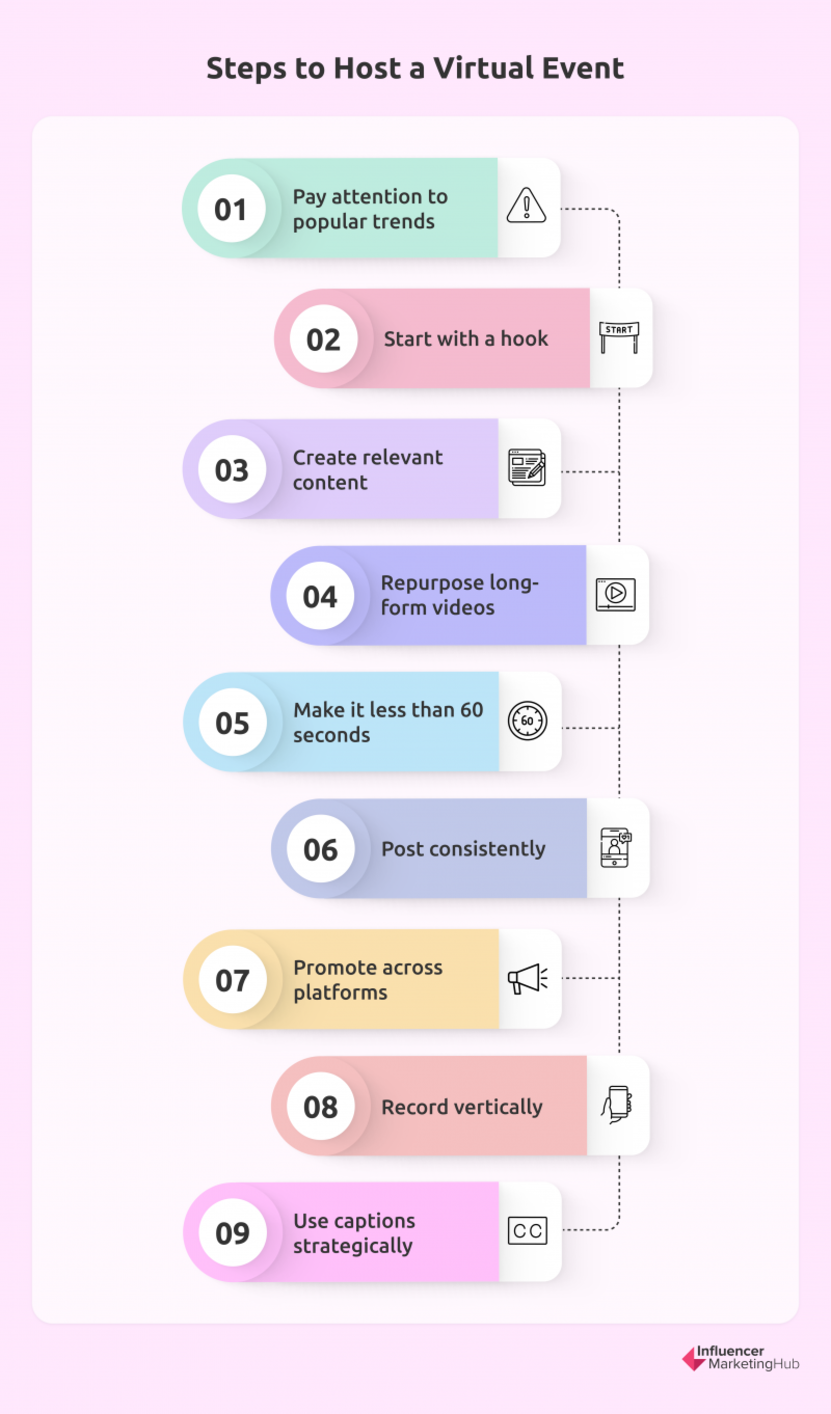
- Seamless Returns: Making Returns as Easy as Buying
: In an era of instant gratification, returns should not be a task. Welcome to the future where returns become seamless in gaining total customer satisfaction. You can imagine one click initiation of return, magical prepopulated shipping labels appearing out of nowhere or doorstep pickups being as easy as ordering pizza online. No more phone calls or printer problems anymore! This simple process builds trust and loyalty for customers and makes a non-repeating item repeatable again. AI-powered chatbots through this process; instant refund once return verified thus eco-friendly package that can also double up as the return label such things could happen to you in your business life time . Forget about returns being so hard to do but let it be simple and see how customers are happy with the return rates rising high.
- Personalized Customer Service
Automated responses are so last year on 2023. The face of customer service will change into hyper-personalization; familiarizing yourself with your clients like old pals, knowing what they want before they speak out and dealing with complaints personally The emotional touch when talking about customer experience enables customers to stay loyal to brands while making them become brand evangelists. Therefore, it is high time that you stopped treating customers’ personal contacts as figures and really get involved and making them loyal. Who would not fall in love with Chewy after this gesture?

- Data Security
Safe Shopping is Happy Shopping: In this digital world, trust is built on the foundation of security. For instance, buyers look for a digital fortress where their personal data and financial information are guarded like treasures. E-commerce relies on iron clad data security to survive whereby happy clients can shop with confidence.
For example think about multi-layered defense systems like firewalls that no one can penetrate through, fraud detection algorithms that cannot let go any suspicious transaction unnoticed and encryption that jumbles up the data in unbreakable codes? It should be Imaged how the transparent data practices disclose all information concerning what they carry out on the internet to enable consumers to set their own privacy settings. Instead, proactive breach prevention rather than reactive damage control is required; hence, regular security audits and vulnerability assessments are necessary to protect hackers from breaching the system.
Trust means loyalty while loyalty gives rise to repeated purchases which finally end up in happy customers turning into vocal advocates. To prevent further data breaches, rewrite your sales letter and create an impregnable fortress of trust for customers and witness unprecedented profits within organization history
- Fast and Free Shipping
Free Shipping the #1 driver for consumers to complete and online purchase. The New Expectation: Move over patience; in e-commerce’s fast paced world instant gratification rules supreme. So here comes delivery of tomorrow-the lightning-fast frictionless shipping that feels like teleportation of your products everywhere they want them delivered within minutes . Think about same-day drone deliveries flying across cityscapes or hyperlocal fulfillment centers cropping up like local bodegas around town or self-driving cars delivering packets with robot precision.
A speed demon of convenience this, it does away with shopping cart abandonment; raises conversion rates and can convert even the most impulsive of buyers into loyal fans—imagine real-time shipping updates that would have given race car trackers a run for their money, transparent pricing without any hidden charges whatsoever and eco-friendly packaging to decrease on the environmental footprint of your rocket propelled deliveries.
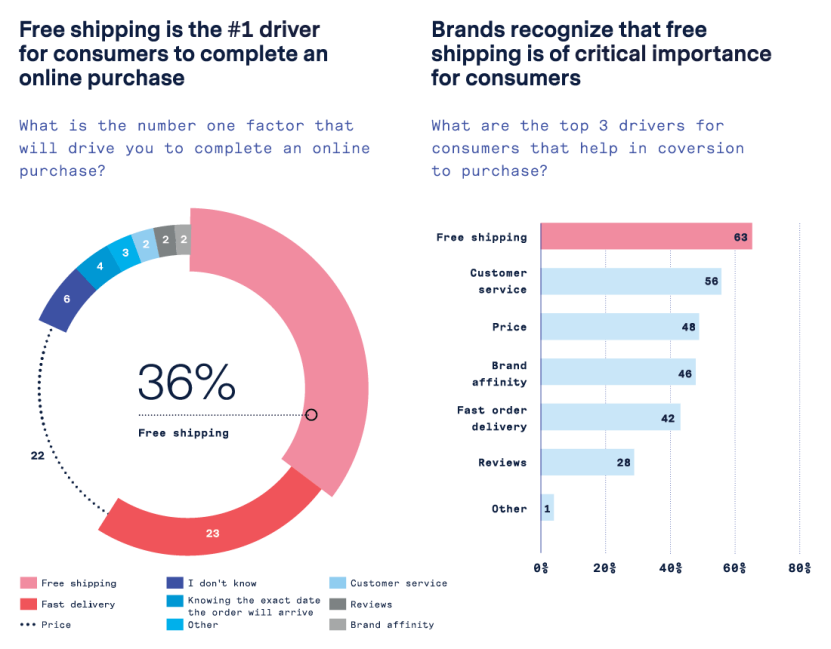
- Flexible Payment Options
Today’s consumers yearn for financial freedom – multiple payment modes that adjust to their budgets and amplify purchasing power. Think about digital wallets that burst at the seams with choices: Buy Now Pay Later plans, seamlessly interwoven with loyalty programs offering instant discounts, while cryptocurrencies tango beside traditional cards. This payment playground eradicates friction, expands clientele range, and converts hesitant browsers into impetuous buyers—think of one-click checkouts that simplify the process, AI-powered fraud detection safeguarding both parties or even personalized financing options tailored to individual spending habits. Quit trying to make a square peg fit in a round hole; embrace flexible payments’ mightiness as your checkout page turns into confetti celebration for converted carts.
The birth and rise of the swedish company Klarna just shows how much customers were in need of an alternative payment options in the eCommerce world.
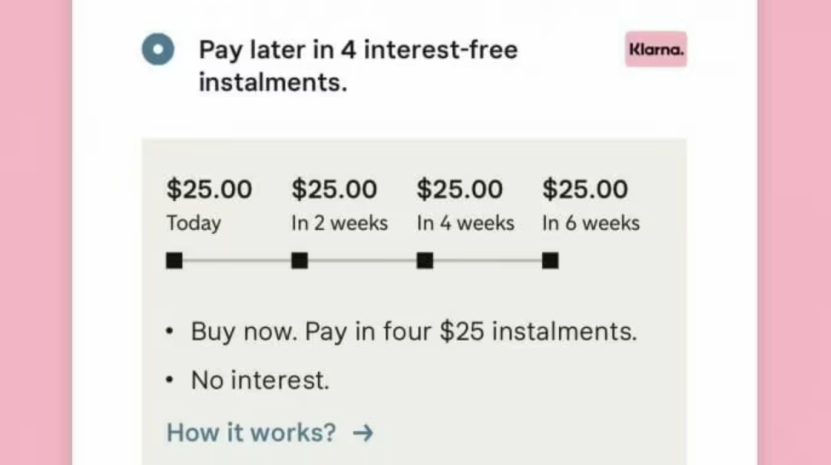
Thriving eCommerce Business models
- Subscription Models: The Gift That Keeps on Giving
The future of customer loyalty lies in subscription models, the gift that keeps on giving (both to you and your customers). Just imagine—predictable revenues, a ravenous group of followers, and higher brand equity than when a never-ending stream of confetti falls from the sky. Imagine curated beauty boxes overflowing with personalized surprises or monthly coffee subscriptions brewing anticipation with each delivery; even these fitness programs that keep their users by offering them new challenges and exclusive gear. This trust-based commerce promotes trust, develops communities, builds brands that go beyond a single purchase.
New industries are jumping on the bandwagon such as the Gaming industry. Ubisoft is already putting in place the structure to get users comfortable with not owning their games. Claims are that the company’s subscription service had its biggest ever month October 2023, and that the service has had “millions” of subscribers, and “over half a billion hours” played.
- The Rise of D2C: Brands Cutting Out the Middleman
Direct-to-Consumer (D2C) is revolutionizing e-commerce. In order to offer unique customer experiences and personalized products businesses are now bypassing traditional retailers. This trend empowers consumers with personalized choices and convenience. Adopt D2C for increased competitive edge, deeper client loyalty, operational efficiency etc., in fact embrace this direct communication approach as opposed to others if you wish to remain ahead in ever changing e-commerce environment.
- Live Commerce: Bringing the Store to Your Screen
Live Commerce Market size is projected to reach over USD 4,8880.38 Million by 2032. Live Commerce is revolutionizing e-commerce by merging real-time broadcasting technology with instant purchasing features.This interactive shopping experience works like virtual stores where you interact directly with live salespeople who also make recommendations based on your personal preferences as well as conducting demos.E-commerce pros need to tap into all this inorder enhance customer satisfaction thus boosting sales and staying ahead in the digital marketplace. By doing this, online shopping can become an immersive journey that sets your brand apart.
- Niche Marketplaces: The Rise of Specialized Shopping
Discover the future of e-commerce in Niche Marketplaces! Specialized shopping platforms are revolutionizing retail, offering unique, tailored experiences. This leads to communities being formed around specific interests or needs and facilitating customer loyalty to a particular store. In order to stay ahead in eCommerce, it is important for you to focus on this trend and engage with these niche markets that will enable you have better results through more targeted growth. Moreover, niche markets allow you to connect with passionate consumers and make your presence felt in the digital marketplace.
- Global Marketplace: Shopping Without Borders
“Global Marketplace” is a trending buzzword in contemporary e-commerce space as we know it.This seamless experience renders advanced technologies such as AI or blockchain for instance useful by providing real-time currency conversions and even personalized product recommendations.The upshots are enhanced user experiences plus extending market coverage that creates unparalleled opportunities for retailers like never before.Stay ahead by embracing this transformative trend, ensuring your business thrives in the international digital bazaar of tomorrow.
- Pop-up Digital Stores: Ephemeral eCommerce Experiences
Pop-up Digital Stores emerge as a game-changing trend within the ever-evolving e-commerce landscape.These transient online spaces offer exclusive, time-limited shopping experiences, driving customer engagement through scarcity and novelty.With cutting-edge AR/VR simulating physical store excitement while at the same time blending digital convenience with immersive interactivity.Ideal for product launches and seasonal promotions which will also enhance brand visibility while fostering community sense among existing customers who want exclusivity.By so doing; embrace these ephemeral digital storefronts so as entice your audience since future favors those who plan today.
Whether it is for a holiday such as Valentines day or a specific event like the NYC marathon, opening a short-term online store with a personalized branding for your event or holiday can have a wow effect on your customers and make it more exciting. This is only possible of course if your website is run on a flexible platform that allows you to change and manage multiple websites and layouts easily.
WeBC is a non-profit organization that invests in women entrepreneurs in British Columbia, Canada. During the holiday season 2021, they opened up a temporary pop-up shop to showcase products from over 550 women-owned businesses in the BC province for one and a half months. 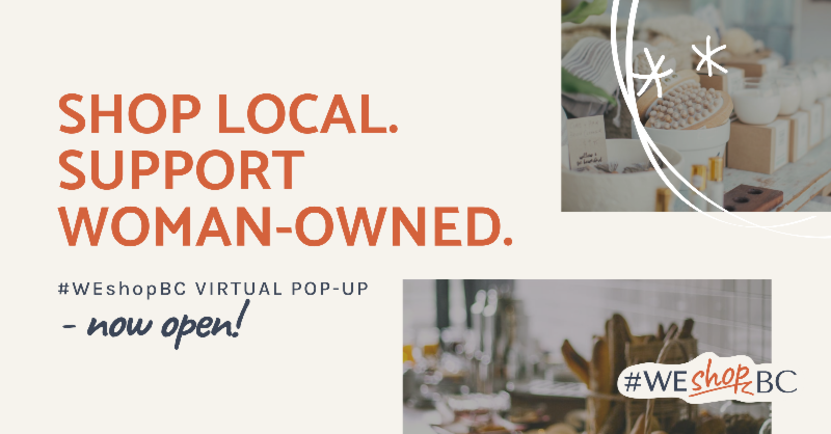
- Customization and DIY Products
The Unique You: Revolutionized e-commerce by customization and DIY fashion targeting the ‘Unique You.’ Changes in consumer behavior that are inclined towards unique experiences have compelled firms to produce more innovative customized goods. This not only improves customer satisfaction but also makes them loyal to a particular brand. Catch up with this trend as it defines the dynamic e-commerce environment, by giving novel personalized answers in line with individual likes. It is important because one has to satisfy personal desires of their customers so as to succeed in today’s market demand where personalization is no longer optional.
Social Commerce is never going away
- Social Commerce: Shopping on Social Media
Social commerce is a game changer in e-commerce for 2024, blending social media’s reach with instant buying. Scrolling becomes shopping due to this trend using platforms like Instagram and Facebook where direct product discovery and purchase is enabled. Businesses have no option but to adapt to this seamless, interactive buying experience which has features such as shoppable posts, live shopping and integrated payment systems. Social Commerce is more than just selling; it’s about creating a community around your brand, fostering trust through social proof and using influencer marketing to drive sales. Get ahead by embracing this immersive shopping revolution! Looking for a strategy for social commerce? Read this.
- Interactive Content: Shopping is a Story
Future trends demonstrate that storytelling through AR/VR experiences, personalized quizzes and engaging video content will dominate the market. These are more than just ways of making customers interested into engagement but also increasing their loyalty towards brands thus resulting in higher conversion rates.. The future of online retail lies in tailoring every shopping journey into an interactive content where entertainment merges with shopping for unforgettable experiences. Stay ahead by incorporating these dynamic components into your e-commerce strategy.
Ikea knows how to surf the trend with their new shoppable videos that makes shopping ludic and fun.
- Influencer Collaborations: Powering eCommerce with Personality
The future of ecommerce is bright as seen from the world of influencers influencing partnerships between themselves and brands leading to vibrancy in the sector.. Infusing relatable personalities into brands promotes user engagement and trust among followers.. Emphasizing authentic content, influencers connect emotionally with audiences This turns casual browsers into loyal customers who are influenced by ads…Be steps forward by leveraging the charisma of influencers creating unique personal shopping experience via today's digital marketplace.
We can learn a few thing from Tropicals. The US brands know how to do influencer marketing right. Their influence Ghana trip did not go unnoticed and got a lot of positive feeling from the media and customers alike. Read more about it here. 
- Continued Impact of Social Media and Influencer Marketing:
In 2024, e-commerce thrives on social media and influencer collaborations where user-generated content (UGC) combined with authentic storytelling serve as driving forces behind it all…It’s through these platforms that brands seek direct customer engagement and personalized experiences to drive their sales through trust and relatability. Stay ahead by embracing innovative social strategies and influencer partnerships to connect with your audience more effectively.
Omnichannel world means omnichannel business
- eCommerce in Your Pocket: Mobile Shopping
The act of mobile shopping has become the core of all ecommerce, thanks to its excellent convenience. Seventy percent of sales will be carried out on smartphones by 2024 due to well-integrated app experiences and personalized AI recommendations. For retailers to maintain their position in the market, they need to focus on designs that are first optimized for mobile use with simple navigations and secure one-click payments. It is time for cutting-edge AR virtual try-ons and more social media integrations for better user engagement. Use this trend for a significant edge in the dynamic digital marketplace.
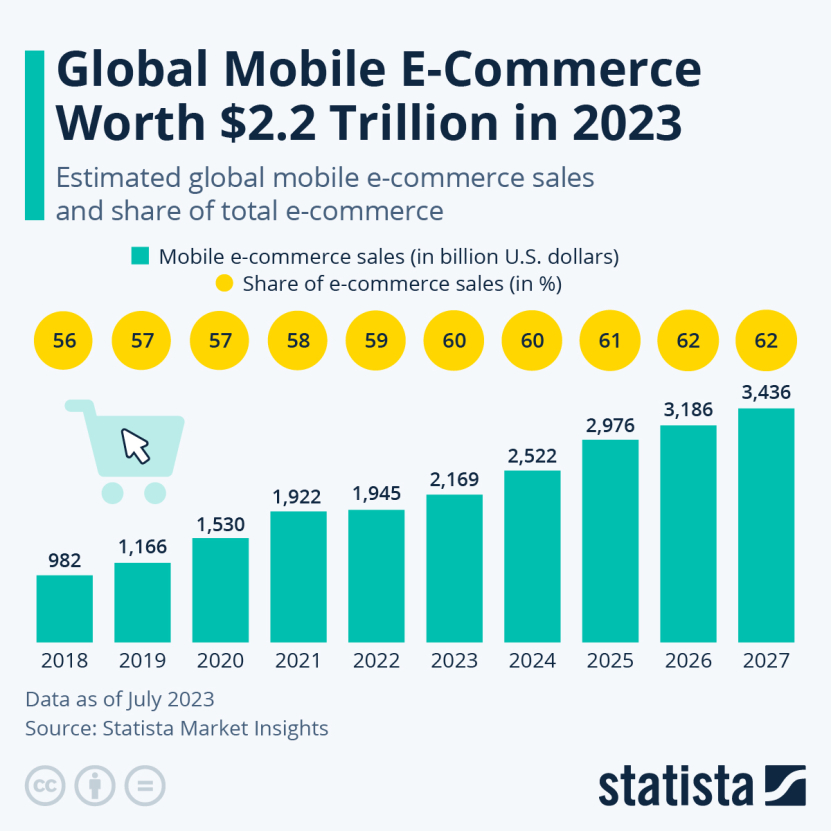
- Speak and You Shall Find: Voice Shopping
Whether it's Alexa or Siri or Google, voice shopping is bringing convenience, speed and hands-free shopping to online customers. This trend completely changes the way we shop by making it as simple as speaking.Voice activated gadgets should be embraced so as to provide tech-savvy buyers with a hands-free seamless experience.Voice search optimization is necessary in order to remain competitive within the market space; therefore, effortless and personal customer journeys must be offered. Gone are days when voice shopping was considered a fad; it’s now an industry norm.
- 54%: Share of consumers who would prefer voice technology in the future because it is faster than typing or using a touchscreen
- 27%: Share of consumers who have used a voice-activated device or speaker in the last 12 months
- 22%: Share of Gen Z consumers highly willing to pay more than $10 per month to use a voice assistant as smart and reliable as a real person
We are shifting to a voice economy there is no doubt about that.
- Shopping Without Borders: Omnichannel Experience
In the future of e-commerce, omnichannel strategies will dominate, offering seamless shopping experiences across multiple platforms.Anticipate AI-driven personalization, integrated social media selling, and advanced AR/VR showcases.Businesses should embrace these trends now by creating borderless customer journeys that are both efficient and engaging.Remain ahead by taking up innovative technologies while maintaining brand consistency alongside every interaction being focused on customer convenience
Challenging times for trust and ethics
- Green Consumerism: Shopping with a Conscience
Embrace the future of e-commerce with an emphasis on sustainability. Today, eco-conscious buyers prefer green and ethical products, thus turning green consumerism into a necessity as opposed to just being another trend. Sustainable brands that are currently winning hearts and driving market growth by integrating biodegradable packages to carbon-neutral shipping are very good examples of staying ahead in this environmentally conscious market by adopting these green strategies.
An in-depth study by Mckinsey shows that customers are putting their money where their mouth is with a disproportionate growth for brands that make ESG claims.
- Blockchain in eCommerce: The Trust Revolution:
"In the dynamic world of e-commerce blockchain is a trust revolution that harmonizes transparency and security.” This sophisticated technology transforms the customer’s experience such that it guarantees genuine transactions and unassailable data integrity. Your ecommerce strategy needs to incorporate blockchain technology for unparalleled trustworthiness from your target customers that equates your brand with loyalty.” To outperform competitors online, use blockchain as an instrument of change.
Blockchain impacts different touch points of eCommerce whether it is more secure hosting, guaranteeing authenticity, facilitation payment or personalizing experiences. Seeing the impact if could have is exciting!
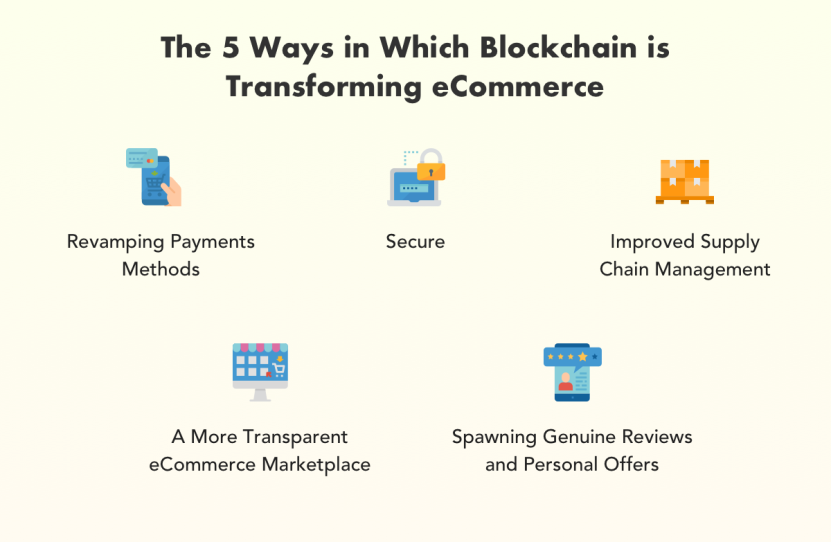
- Brand authenticity used to Combat Social-Scam Concerns
In 2024, e-commerce professionals will need to prioritize brand authenticity as part of mitigating social-scam concerns. Authenticity builds consumer trust, enhances brand loyalty and reputation. By openly displaying product origins, setting up tight security measures and honest communication between them and their clients; brands can effectively fight fraud claims head on. In this age where online scam concerns are rising rapidly, businesses must be proactive so that customers feel secure enough while purchasing from them keeping in mind committing themselves towards ensuring a shopping experience which is safe and trustworthy enough-online.















